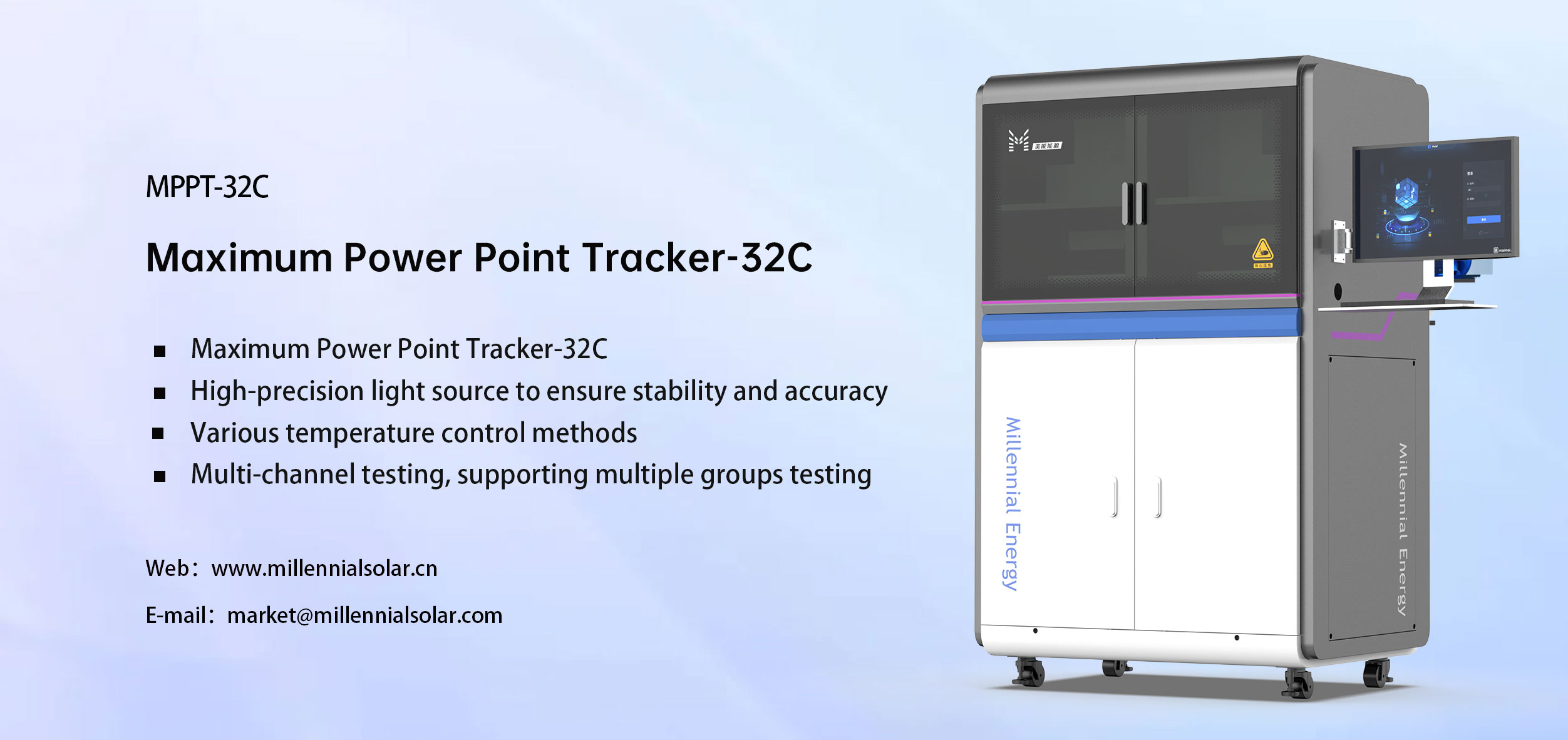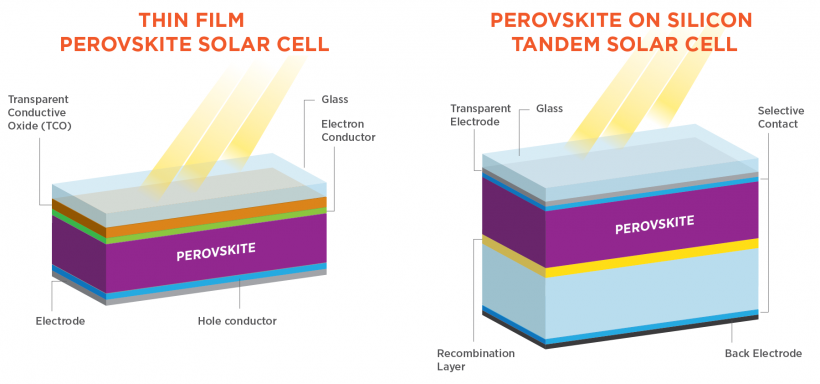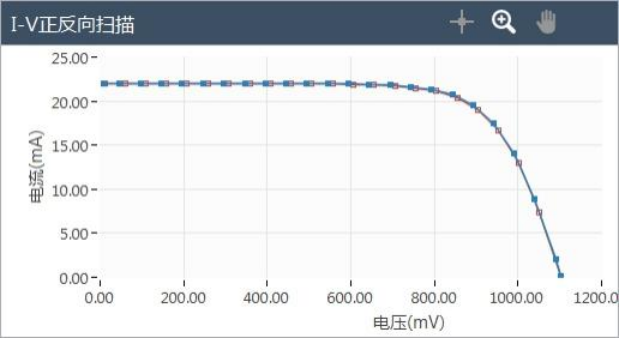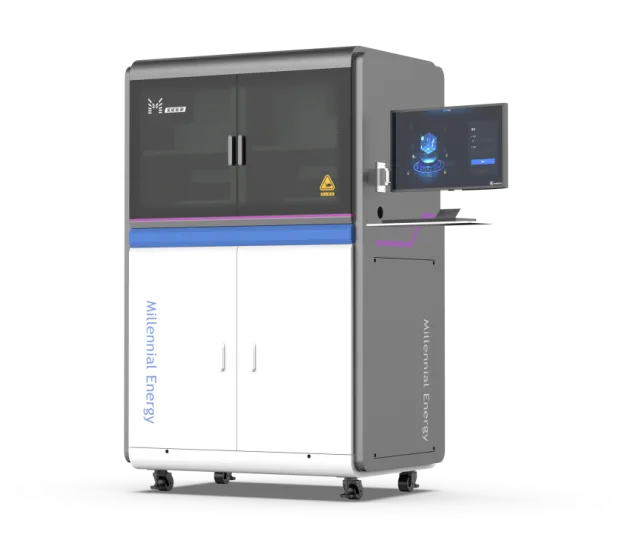
Quantum Efficiency Tester
PL/EL Integrated System
PV-Reflectumeter
3D Confocal Microscope
In-Line Four Point Probe Tester
Four Point Probe Tester
In-Line Thin Film Thickness Tester
Raman Spectrometer
FTIR Spectrometer
Spectrophotometer
Automatic Spectroscopic Ellipsometer
Contact Resistance Tester
Ultra depth of field 3D microscope
Auto Visual Tester
VMM PV Vision Measuring Machine
Solar Cell Horizontal Tensile Tester
Steady State Solar Simulator for Solar Cell
Solar Cell UV Aging Test Chamber
Solar Cell Comprehensive Tensile Tester
Visual Inspection Tester
Wet Leakage Current Tester
PV Module EL Tester
PV Module UV Preconditioning Chamber
Steady State Solar Simulator for PV Module
Current Continuous Monitor
Potential Induced Degradation Test
Bypass Diode Tester
LeTID Test System
Reverse Current Overload Tester
Impulse Voltage Tester
Hipot Insulation Tester
Ground Continuity Tester
Hipot Insulation Ground Tester
Damp Heat Test Chamber
Humidity Freeze Test
Thermal Cycle Test Chamber
Dynamic Mechanical Load Tester
Static Mechanical Load Tester
Hail Impact Tester
Robustness of Termination Tester
Module Breakage Tester
Cut Susceptibility Tester
Peel Shear Strength Tester
Universal Testing Machine (Single-arm)
Universal Testing Machine (Double-arm)
Glass Transmittance Tester
Acetic Acid Test Chamber
EVA Degree of Crosslinking Test System
Junction Box Comprehensive Tester
Drop ball tester
Semi-automatic scanning four-probe tester
Stylus Profilometer
Maximum Power Point Tracker
Perovskite Glass Transmittance Tester
Perovskite P1 Laser Scribing Multifunctional Testing Machine
Perovskite Online PL Tester
Perovskite Online Sheet Resistance Tester
Online Perovskite Film Thickness Tester
Perovskite Process Inspection Workstation
Portable IV Curve Tester
Portable EL Tester
Portable Thermal Imaging Tester
Solar Module Multi-Channel Testing System
PV Inverter Power Quality Tester
Drone EL Tester
IV Tester
IVEL Cell Sorting Machine
New Product Release | Maximum Power Point Tracker-32C
Date : 2024-07-12Views : 165
Perovskite solar cells have reached or even exceeded crystalline silicon cells in terms of photoelectric conversion efficiency, while having lower preparation costs, showing great commercial potential. However, long-term stability issues have hindered their market application. Researchers are improving the stability of perovskite cells through material modification and process improvements to ensure their reliable performance under various environmental conditions. This article will explore the production comparison of perovskite cells and crystalline silicon cells, introduce existing stability testing methods, and the application of Maximum Power Point Tracker-32C in perovskite cell research.

Perovskite solar cell product background and market demand advantages
At present, the laboratory efficiency of many perovskite cells has reached the same level as or even exceeded that of crystalline silicon cells. In terms of photoelectric conversion efficiency, perovskite cells can be fully commercialized and the preparation cost is lower than that of traditional crystalline silicon cells. The current obstacle to the commercialization of perovskite cells is its long-term stability. At present, the most direct way to solve this problem in the industry is to modify the perovskite material itself to improve the intrinsic stability of the material. Another feasible means is to isolate external unstable factors through process and engineering means, that is, to isolate environmental factors such as water and heat, so as to reduce or even avoid the impact of external unstable factors on materials and devices.

There is no international unified standard for the stability test of perovskite solar cells. The common practice in the industry is to place the cell under 1sun standard light and perform light aging test with continuous maximum power point tracking (MPPT). The conventional test time is 1000 hours.
Millennial Maximum Power Point Tracker-32C is a powerful and comprehensive multi-channel solar cell and component stability test system tailored for perovskite solar cell researchers. Its main components include: light source, electronic load, test software, and test fixture.

Spectral matching
Accurate and efficient software testing system
IV test: software supports setting starting voltage, end voltage, scanning step length, battery area, positive and negative IV scanning function

Mppt tracking technology: Maximum power point tracking (MPPT) technology is a key technology used in photovoltaic (PV) systems to maximize the output power of photovoltaic arrays. It continuously tracks the maximum power point (MPP) to adapt to changes in panel temperature and irradiation conditions.

The Maximum Power Point Tracker-32C uses a perturbation algorithm to continuously feedback and correct the maximum power point of the solar cell during the test process, so that the cell can always maintain the maximum power output for a long time. The system monitors the output power in real time, and collects and records the maximum power change over time and the P-t curve by setting the test duration and scanning interval. The time display unit can select a specific date, day, hour or minute.
V-t test: The V-t test is designed to study the performance of the cell in constant voltage mode over time, especially the ion migration phenomenon of the perovskite cell under bias conditions, and the effect of the continuous external electric field on the film morphology and light absorption characteristics.
IT test: The I-t test is designed to study the performance of the cell in constant current mode over time, especially the characteristic changes and performance stability of the perovskite cell under continuous current conditions.
Maximum Power Point Tracker-32C

E-mail: market@millennialsolar.com
·High-precision light source to ensure the stability and accuracy of the light source
·Various temperature control methods
·Multi-channel testing, supporting multiple groups of cell testing
·Various aging mode selection methods
Maximum Power Point Tracker-32C provides strong support for the research of perovskite solar cells with its advanced technology and multi-functional design. Through perturbation algorithms and AAA-level LED solar simulators, the system can accurately monitor and optimize the maximum power output of the cell to ensure the stability of cell performance during long-term testing. Multi-channel parallel testing, multiple temperature control methods, and precise data acquisition and analysis capabilities make the system outstanding in improving the efficiency and accuracy of perovskite cell stability research. As perovskite cells continue to develop, Maximum Power Point Tracker-32C will continue to play an important role in promoting their commercial applications and technological advancement

































































